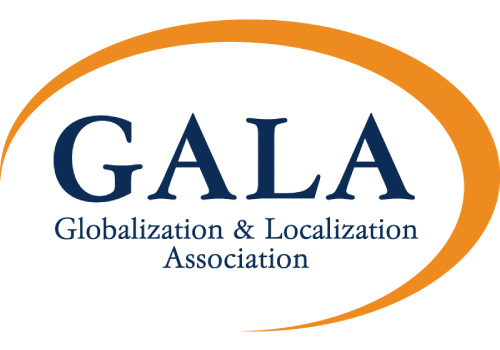With Netflix having just signed a deal for its second original South African series, the time might have come for South African content to cross national borders and reach new audiences.
It is no secret that South Africa is trying to make a place for itself in the international entertainment industry. The government actively supports local film industry, while the country boasts world class facilities, like Cape Town Film Studios that have hosted international productions, such as Black Sails. However, until this day, South Africa hasn’t managed to fulfill the expectations it created when it won Academy Award for foreign language film back in 2006 and South African content still struggles on the international market and at home.
The challenges
South African content production is relatively low, regardless of the government’s efforts and the country’s state of the art facilities and equipment. This is mainly due to the limited number of cinema theaters in the country. With an average of 13.79 screens per million people, according to the report “Framing the Shot: Key Trends in African Film”, South Africa may be better placed compared to the other Sub Saharan African countries. However, a significant percentage of the population does not have access to movie theaters; a fact that affects admissions and box office revenues, two key factors necessary for the local movie industry to bloom.
Low quality marketing and distribution are another challenge that content creators need to overcome. Contrary to what is happening in most countries where distribution and marketing receive the same attention as production itself, in South Africa they receive little to no attention. As a result, South African content struggles to break through the clutter and gain the attention of a wider and more diverse audience. The domestic share of the box office is at 3.8%. This is low when compared with Nigeria (33.3%), China (53.8%), or movie industry leaders, such as India and the US (more than 90% for both).
The opportunity
With OTT services on the rise in Sub-Saharan Africa, South African content has a unique opportunity to reach a wider audience. It is expected that South Africa will reach 3.46 million SVOD subscribers by 2024, while the overall estimate for the region is 10.21 million subscriptions.For platforms that develop original content, like Netflix, the polyglot nature of South Africa may result in an international future for its content.
South Africa is a multilingual country. To make its content available to all its subscribers any SVOD company should provide the content in 11 different languages. But if it has to create so many versions of its content, it would be preferable to make it available to the larger audience possible. In the case of Africa that could well include other countries, since it is not uncommon for a language to be spoken in multiple territories. If these attempts are successful, the content could be dubbed in more languages and made available to even larger audiences. Afterall, although cultural differences should not be overlooked, it is still more likely for an African viewer to identify strongly with the hero of an African film.
Moreover, there is an international demand for African content: on one hand the African diaspora that wants to keep in touch with the motherland and on the other hand, those that have gotten to know South African films via international film festivals. South African content has an advantage in terms of expansion, since English language content could cross over to international audiences with relative ease. In order for South African content to reach its full potential, localisation is key. Dubbing a film into African French for instance, gives it access to more than 20 countries, while content in Mid-Atlantic English, which is becoming more and more common in South Africa because of the numerous international productions, can literally travel the world.
The rise of OTT services, provided they produce original content and promote local and not Hollywood productions, could be the beginning of a virtuous circle that would help South African content to cross its boarders and reach a wider and more diverse audience in Africa and beyond. At Haymillian we are more than excited to witness this change and help South African producers break down the barriers to entering new markets.







